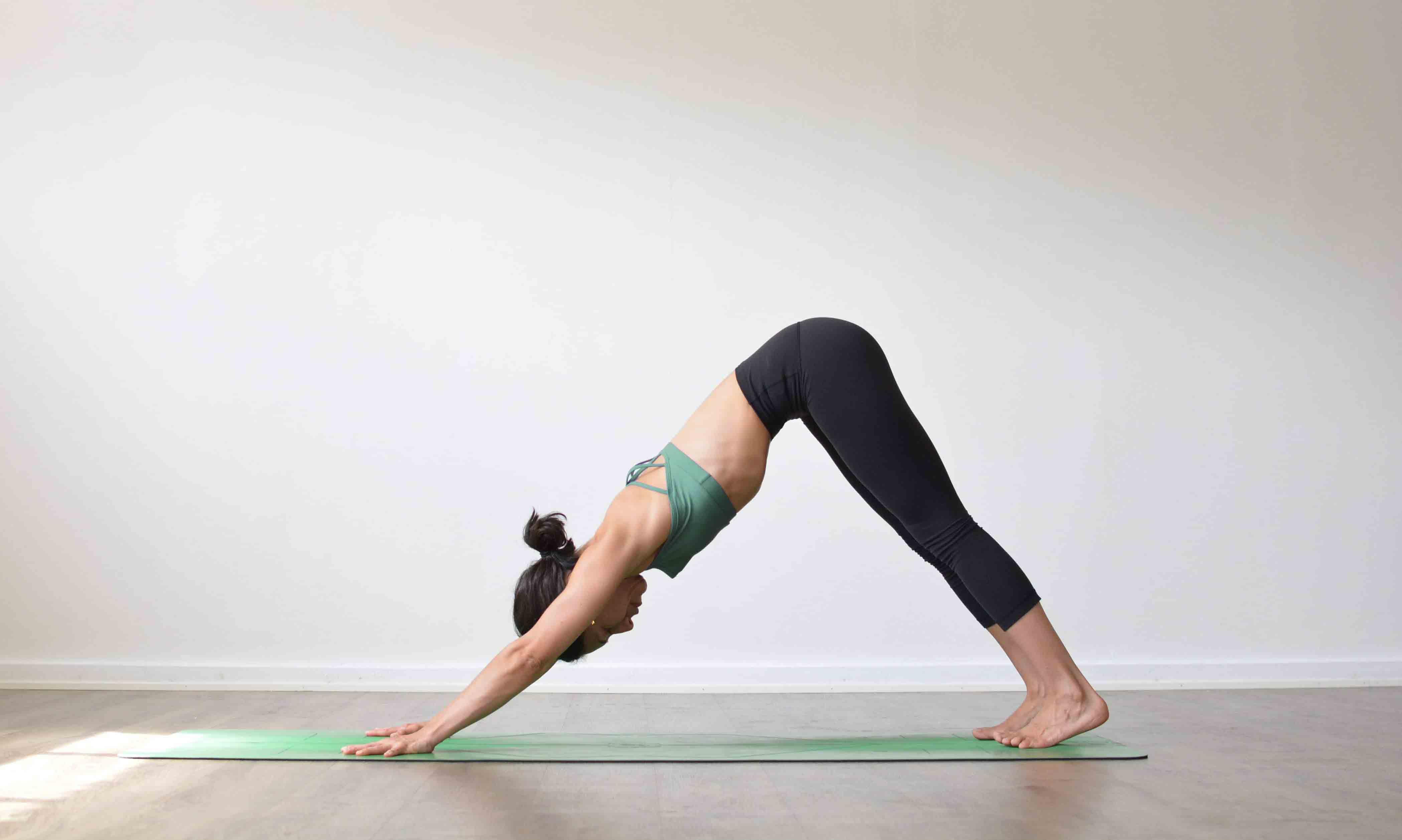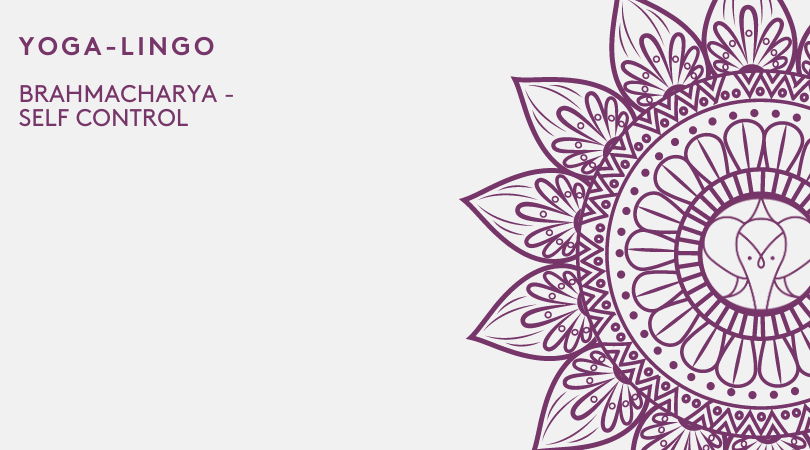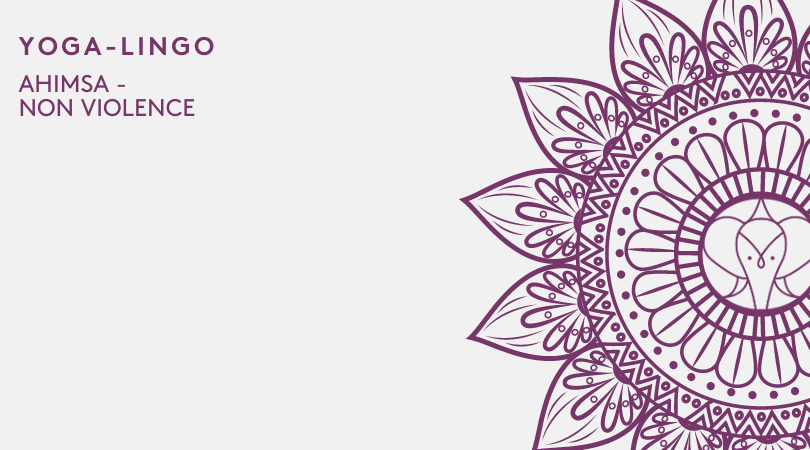Lats / Latissimus Dorsi Pain and Yoga
Essential Yoga Body Parts
Latissimus Dorsi
The Latissimus dorsi, located in the back, is one of the broadest muscles in the body. It has a large, triangular shape and works when you do exercises such as swimming and pull-ups. The latissimus dorsi is also one of the muscles that help you with breathing.
This muscle is called "the lats" and has a superficial location below the skin. As a result, this muscle is more visible than the psoas major muscle. If you look at someone in good shape, you may see the large and flat V-shape that spans over the width of the back.
Picture from Wikipedia
Location of the Latissimus Dorsi
As a rule, each end of a muscle attaches to one of the bones. These attachments are called the "origin" and "insertion" of a muscle. The latissimus dorsi has a complex origin and a simple insertion.
The origin of the lats is at several places, including at the top of the back from the bottom six thoracic vertebrae and the last three or four ribs. The lats' origin is also at the thoracolumbar fascia and the rear one-third of the exterior part of the top of each hip bone. The basis of the latissimus dorsi also includes the bottom of the shoulder blade.
Unlike the origin, the insertion point of the lats is only in one place, which is underneath the shoulder joint at the inner aspect of the upper arm bone. The muscle fibers of the latissimus dorsi taper into a point as they extend from the places of origin to the insertion point, giving it the familiar V-shape. (Asher, 2018)
The Function of Latissimus Dorsi
The latissimus dorsi is one of the accessory breathing muscles. When you inhale, your lats will enhance the movements of the trunk by expanding the circumference of your rib cage so that more air can enter your lungs.
When you exhale, the latissimus dorsi will decrease the circumference of the ribcage to make it easier for the lungs to push air out.
The latissimus dorsi performs other functions; they adduct, rotate, and extend the arms and pull them back and downward towards the hips. If someone has an overdeveloped chest and shoulders but weak lats, this muscle function is visible as the person will have a hunched-over appearance.
If, on the other hand, you train your lats sufficiently, your back will form a natural arch line, and your posture will improve. The latissimus dorsi brings the entire shoulder girdle down and helps with lateral flexion to arch the spine and tilt the pelvis anteriorly.
The latissimus dorsi also plays an integral role in all strength exercises that involve pulling your body weight up or forward. Typical latissimus dorsi exercises include swimming, rock climbing, chin-ups, or rowing.
Another crucial role of the latissimus dorsi is stabilizing the body and coordinating movements between your shoulders and pelvis.
Latissimus Dorsi Pain
Latissimus dorsi injuries can result in many different symptoms. People with injured lats will typically experience pain in their lower back, mid-to-upper back, or the back of the shoulders. In some cases, a latissimus dorsi injury can also result in distress along the base of the scapula or the inside of the arm.
People may sometimes confuse latissimus dorsi pain with other shoulder or back pain. There are, however, ways to tell if the pain you experience results from an injury. If the back or shoulder pain worsens when you stretch your arms out in front of you, chances are that you are dealing with a latissimus dorsi injury. In any case, the best way to find out is by consulting your doctor.
Yoga for Back Pain
By doing yoga, you can effectively strengthen and lengthen your latissimus dorsi muscle to either prevent or treat specific problems relating to this muscle. There are effective yoga poses for back pain that you can incorporate into your practice.
If you're already an experienced yoga practitioner, back stretching yoga poses can strengthen your back, increase your flexibility, and stabilize your body to improve your technique.
Try incorporating more postures targeting your posterior chain (backside). The Locust pose and its variations are a great way to strengthen the back body. Think about including pulling actions into your practice. The best way to achieve this is back using a pull-up bar. Remember that you can modify it in many ways. The easiest and most common one would be to use a bar closer to the floor to use your feet as support as you pull yourself up.
Stretching Latissimus Dorsi
Active Latissimus Dorsi Stretch
The active latissimus dorsi stretch is similar to the "child's pose" in yoga. To carry out this stretch, start by kneeling next to a stability ball, chair, or any other prop. Place the arm that you want to stretch on the ball and the hand of your other arm on the ground below your shoulder.
The thumb of the hand on the ball should be pointed upwards, and you should flex your lower back slightly.
Then, draw your navel upwards and reach forward with the arm on the ball until you feel a stretch from the side of your torso to your lower back. Keep this position for thirty seconds to allow for sufficient muscle stretching before returning to your start position. Then, switch sides and repeat.
Depending on how tight your lats are, five to ten repetitions should be sufficient to lengthen the muscle and alleviate pain. (Fletcher, 2018)
Eagle Pose
Stand in Mountain Pose, and place your hands on your hips. Place your weight on your right foot through the ball and heel while lifting and spreading your toes. Then, press your toes, so your foot serves as a solid foundation. Bend your knees slightly to lower your hips.
Once your right foot is standing firmly on the ground, lift your left foot and place it over your right thigh. Hook your left foot's toes around the back of your calf, and take a few breaths to balance yourself.
Next, extend your arms in front of you, place your right elbow over your left arm, and wind your right forearm around your left so you can put your palms together with your fingers pointing up.
Throughout this pose, ensure that you keep your torso upright, engage your core, and align your shoulders with your hips. Broaden your chest to keep your shoulder blades engaged and to prevent your shoulders from crowding your neck.
You can lift your arms to stretch your upper back even further. Keep this pose for around ten breaths before returning to the mountain pose and switching sides.
Childs Pose with side stretch
This variation of Balasana is significant for Latissimus Dorsi's pain. You will stretch out the lats in a calm and not too intense-way.
Begin in the child's pose.
Walk your hands toward the right, shoulder-width distance apart, keeping your sitting bones stretching back towards the hips.
Stay there a few breaths, then come back to the center and repeat on the other side.
Half Moon Pose
The third posture to stretch the lats with Latissimus dorsi pain is the Half moon pose.
First, start with feet together. The toes and heels are touching or as close as possible.
Standing straight with arms stretching down, eyes forward.
Stretch your arms overhead sideways and interlock your fingers. Release the index fingers and cross your thumbs.
With this firm grip, you stretch up to the ceiling and move your upper body side to side a couple of times, starting to warm up the side body. More like you stretching and pulling your arms to the sides and pushing the hips in the opposite direction in a straight line. After a few times, you stop in the middle.
You stretch the arms up as much as possible, so the biceps are with ears, and you are in a straight line from fingertips down to heels.
Feel strong in the body, so some contraction of thighs and hips is needed, and tone the abdomen for support.
On inhale, you stretch up to the ceiling and down to the right and coming down so much so that you can maintain the same straight line from fingertips to heels, you can breathe comfortably, and you feel strong and not collapsing down.
You should feel all the stretching on the left side of the body.
If you feel weak and are about to collapse, go back a couple of degrees where you can stay and maintain a proper form for at least 10 seconds.
Come back up to the middle and repeat on the left side.
Yoga for Back Strengthening
Downward Dog
This pose is effective in yoga to strengthen the upper back. Start with the tabletop position on your hands and knees. Your wrists should be underneath your shoulders, and your hips should be underneath your hips.
Spread your palms so that your index fingers are parallel to each other. While you exhale, lift your knees from the floor and steady yourself on your toes and the balls of your feet. Continue to raise yourself to bring your body into the shape of an "A."
After you've lifted yourself, keep your knees slightly bent and your heels lifted from the floor. In this position, lengthen your tailbone away from your pelvis towards the pubis and lift your sitting bone upwards. As you exhale, engage your quadriceps and place your heels on the floor by straightening your knees without locking them.
Next, tighten your outer thigh muscles and roll your inner thighs slightly inward. Rotate your arms to the outside, so your inner elbows face your thumbs.
Then, press the mat away from you to bring your chest closer to your thighs and to decompress your spine. Your ears should also be in alignment with your upper arms. Although you should relax your head and neck, your head should not hang limply.
Stay in this pose for up to three minutes before resting in the child's pose. Doing this yoga pose daily will strengthen your latissimus dorsi and prevent injuries resulting from a weak back.
Staff Pose with Lift (Dandasana)
The staff pose is a back-strengthening yoga pose that you can incorporate into your daily yoga practice.
Sit on the floor and extend your legs in front of you next to each other. If your hamstrings are tight and you are pulling your torso backward, sitting on a blanket or bolster may be more comfortable to lift your pelvis.
To ensure that your alignment is correct, sit next to a wall so that only your sacrum and shoulder blades touch the wall, not the back of your head or lower back.
Then, sit to the front of your sitting bones, tighten your thigh muscles, and press them down against the floor. Rotate your thighs inward and your inner groin toward your sacrum. Flex your ankles by pushing outward through your heels.
Next, lengthen your torso perpendicular to the floor and hold this pose for one minute or longer if you can.
Conclusion
The latissimus dorsi muscles stabilize your body, assist in breathing, and allow you to carry out specific movements and exercises. Injuries to these muscles can have a debilitating effect on your overall well-being.
There are several conventional treatments available that can help people who are suffering from back pain. Still, these treatments can, in some cases, be invasive or inherently risky to your health. It's essential to prevent injury by drinking water, doing warm-up exercises, cooling down after workouts, and receiving regular massage treatment.
However, one of the most effective ways to prevent and treat Latissimus injuries and pain is with back stretching and lengthening yoga poses. By incorporating these poses into your yoga practice, you reduce your risk of experiencing back problems.
If you're suffering from back muscle problems, poses like the latissimus dorsi stretch, downward-facing dog, staff pose, and eagle pose can alleviate your pain and strengthen your back.
Works Cited
Asher, A. (2018, June 28). Latissimus Dorsi. Retrieved from www.verywellhealth.com: https://www.verywellhealth.com...
Fletcher, J. (2018, April 26). How do Your Stretch the Latissimus Dorsi? Retrieved from www.medicalnewstoday: https://www.medicalnewstoday.c...









